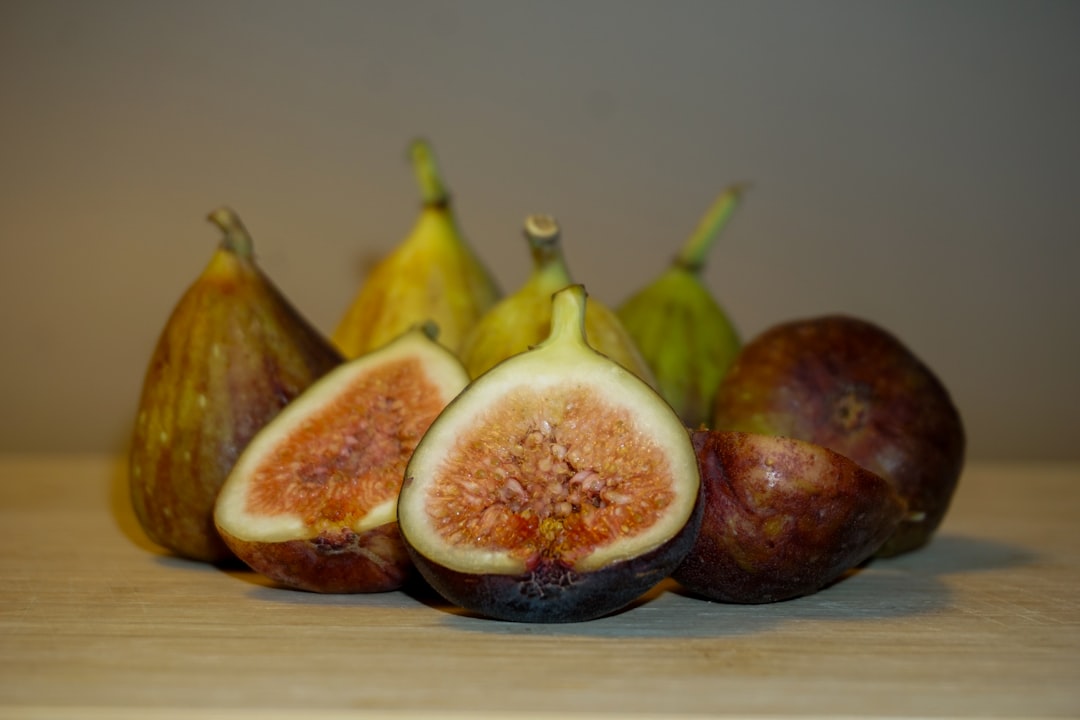Edible gardening has become a popular pastime, and growing fruit in pots offers a convenient and rewarding way to enjoy fresh produce right at home. Among the many fruits that can be grown in containers, fig trees stand out as an excellent choice. In this guide, we will explore how to grow edible fig trees in pots, from choosing the right container to selecting the best types of figs.
### Choosing the Right Container
The first step in growing fig trees in pots is selecting the appropriate container. The container should be large enough to accommodate the root system of the fig tree as it grows. A good rule of thumb is to choose a container that is at least 18 to 24 inches in diameter and 18 to 24 inches deep. This will provide enough space for the roots to spread and grow.
Material is also an important consideration. Clay or terracotta pots are popular choices as they are porous, allowing for better air circulation and drainage. However, they can be heavy and may break easily. Plastic pots are lightweight and durable, but they may not provide as much breathability as clay pots. Wooden containers can also be used, but they may need to be treated to prevent rot.
### Selecting the Right Type of Figs
There are many different types of fig trees available, each with its own unique characteristics. When choosing a fig tree for container gardening, it is important to select a variety that is suitable for your climate and growing conditions. Some popular varieties for container gardening include:
- Brown Turkey: This is a popular variety that produces medium - sized, sweet figs. It is relatively cold - hardy and can tolerate a wide range of growing conditions.
- Black Mission: Known for its dark purple to black skin and sweet, rich flavor, the Black Mission fig is a favorite among gardeners. It requires a bit more heat and sunlight compared to some other varieties.
- Chicago Hardy: As the name suggests, this variety is very cold - hardy and can withstand colder temperatures. It produces small to medium - sized figs with a sweet taste.
### Soil and Planting
Fig trees prefer well - draining soil. A good potting mix for fig trees can be made by combining equal parts of peat moss, perlite, and compost. Before planting the fig tree, make sure to fill the container with the potting mix, leaving about 2 to 3 inches of space at the top.
When planting the fig tree, carefully remove it from its nursery container and gently loosen the roots. Place the tree in the center of the container and fill in the remaining space with the potting mix. Press the soil down gently around the base of the tree to secure it in place.
### Watering and Fertilizing
Watering is crucial for the health of the fig tree. Fig trees in pots need to be watered regularly, especially during the hot summer months. The soil should be kept moist but not waterlogged. A good way to check if the tree needs water is to stick your finger about an inch into the soil. If it feels dry, it's time to water.
Fertilizing is also important to ensure the fig tree grows and produces fruit. Use a balanced fertilizer, such as a 10 - 10 - 10 or 14 - 14 - 14 formula, and follow the instructions on the package for application rates. Fertilize the fig tree every 4 to 6 weeks during the growing season (spring and summer).
### Pruning and Maintenance
Pruning helps to keep the fig tree in shape and encourages new growth. Prune the fig tree in late winter or early spring before new growth begins. Remove any dead, damaged, or diseased branches. You can also prune to control the size of the tree and to promote better air circulation.
Keep an eye out for pests and diseases. Common pests that affect fig trees include aphids, scale insects, and spider mites. If you notice any signs of pests or diseases, treat them promptly using organic or chemical pest control methods.
In conclusion, growing edible fig trees in pots is a wonderful way to enjoy fresh figs at home. By following these tips on choosing the right container, selecting the appropriate fig variety, and providing proper care, you can have a thriving fig tree in your container garden.

